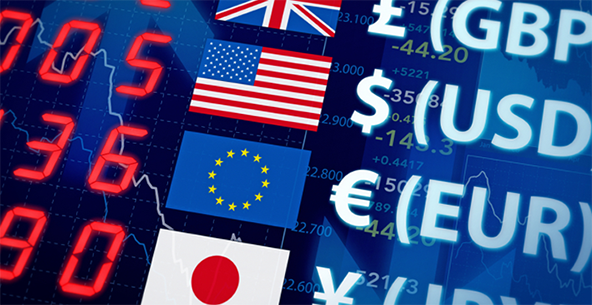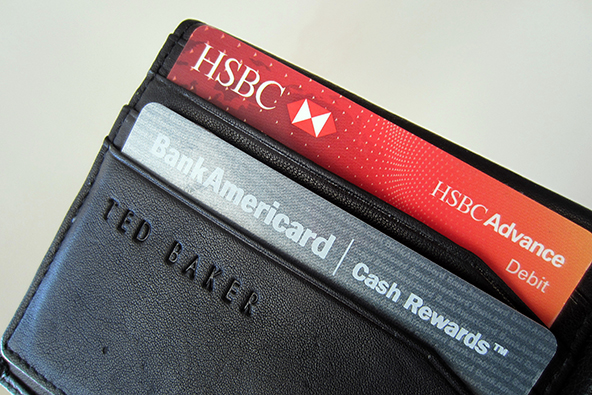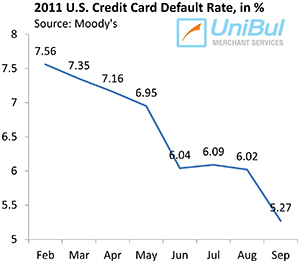What Every Gas Station Owner Ought to Know about Pre-Authorizations

In most credit and debit card transactions the card is only presented for payment once the exact purchase amount is calculated. Then an authorization request is sent to the issuer for the transaction amount, an approval or decline is issued and the transaction process follows its regular course.
But what about transactions, such as fuel sales at gas stations, where the exact purchase amount is unknown at the time the card is swiped? This is where merchants use pre-authorizations to ensure there are sufficient funds on the card to pay for the fuel.
What Is Pre-authorization
Pre-authorization is a transaction authorization request for a pre-determined amount that is sent to the issuer before the final transaction amount is known. Used mainly at unattended point-of-sale (POS) terminals at gas stations, pre-authorizations enable merchants to check the availability of funds on their customers’ cards.
The pre-authorization amount is set by the merchant and can be $50, $75, $100 or more and is displayed on some POS terminals’ screens (you should be doing that too, if you aren’t doing it already). There is a maximum pre-authorization amount that is set on an acquirer level, based on merchant category and other factors, and that could be stated in your merchant processing agreement. If not, call your acquirer and ask what it is.
How Pre-authorizations Are Processed
There are two ways of processing pre-authorization requests:
- Using an authorization message that is followed by a partial reversal once the transaction is completed. In this case, after the customer swipes her card, an authorization request is sent to the issuer for a fixed amount (this is the maximum pre-authorization amount). Then, once the purchase is finalized and when the exact sale’s amount is known, a partial reversal is issued to correct the previously authorized amount.
- Using an authorization message that is followed by the sending of the exact sale’s amount in the clearing record. In this case, once the customer swipes her card, an authorization request is sent to the issuer for the maximum pre-authorization amount. What you need to be aware of here is that your customer’s credit line is reduced by the sum of the pre-authorization request and the exact transaction amount.
So let’s say that your customer has a $2,000 credit line on her card and has used $1,700 of it. If you process a $50 pre-authorization amount and then the customer purchases $50 worth of gas, the card’s available balance will be $200 ($2,000 – $50 – $50). The pre-authorization amount typically takes no more than a couple of days to be removed.
In both cases the transaction must be cleared within seven business days.
It should be noted that authorization requests for hotel or resort transactions are different from regular pre-authorizations, even though you can see them referred to as such. For one thing, there are no pre-set pre-authorization amounts for hotel transactions. The hotel will request an authorization approval for the entire estimated transaction amount, whatever it may be. Once the customer checks out, a partial authorization reversal will be requested if the initially authorized amount exceeds the final amount or an authorization approval will be requested for the amount above the originally approved one, if that is the case.
The Takeaway
If you own a gas station, you need to make sure that you understand how pre-authorizations work. Also, you need to make sure that your maximum pre-authorization amount is set high enough, so that not to inconvenience your customers.
I’ve never had any issues getting gas for any amount here in Boston, but I do remember that, while on a cross-country trip a few years ago, I could only get up to $50 in gas at some stations. I was driving a truck so that wasn’t nearly enough. Now, that’s a sure way to chase all truck drivers away from your gas station so don’t do it.
Image credit: Abclocal.go.com.



Hi,
The example should have shown also the negative scenario. You have given the example of a successful pre-auth scenario.
So let’s say that your customer has a $2,000 credit line on her card and has used $1,700 of it. If you process a $50 pre-authorization amount and then the customer purchases $50 worth of gas, the card’s available balance will be $200 ($2,000 – $50 – $50). The pre-authorization amount typically takes no more than a couple of days to be removed.
There could be a negative scenario where the pre-auth amount could be more than the requested amount and what happens in such scenario.
Also the example in my opinion was not clear enough for the layman to understand. Could have been more in detail and bit more comprehensive.
Thanks
Hello Satish,
If you think there is something missing from this article, feel free to elaborate on it.
Weirdest thing- I alled my bank this a.m. and checked my balance – there is a $91 CREDIT with POS PRE-AUTH listed with the gas station’s name listed (where I stopped to pump yesterday). I only put $8.05 in because I was in a hurry. SO if the Pre-Auth was say $100, that may make sense but why would it be a CREDIT of that amt rather than a debit? Anyone know anything about this?
The whole purpose in having a debit card is so a consumer can use actual funds and not resort to the use of credit and the financing charges incurred. Even at TODAYS gas prices, I know because I filled up from empty, my vehicle will not even HOLD $100 in gas, and the capacity is 16.9 gallon tank. Issues with these gigantic hold amounts that aren’t even mentioned in this article? The bank tells you the preauthorization is coming from the gas station. You confront the manager of the gas station? They blame the bank debit card. Which one is telling the big lie? Good luck finding out. Why should a gas station care if there is a certain amount of money in a consumers account? Frankly, thats NONE of their business. When high pre authorization fees are imposed, and the consumer has to go into the store to pay, that DEFEATS the purpose of having a debit card, and basically tells the clerk your business. The person stupid enough to knowingly try to pump more gas than they have money to cover? There are already PLENTY of laws in place to handle such stupidity without GAS STATIONS jamming the authorization channels with pre authorization and refund requests which end up PUTTING THE CONSUMER in the middle. Why not lobby to government to treat the idiots that were abusing the system as if it were a drive off? At least you’re blaming the person responsible and not EVERYONE ELSE. IT IS WRONG TO PRE AUTHORIZE FOR MORE THAN $75. NOT EVERYBODY DRIVES A HUMMER AND I REFUSE TO DO BUSINESS WITH ANY GAS STATION THAT GOES ABOVE THIS LIMIT. When we all start doing the same? Theres going to be a lot of abandoned gas stations sitting around. When that happens, and it will with increasing economic turmoil, remember this. GAS STATIONS BROUGHT IT ON THEMSELVES WITH UNREALISTIC PRE AUTHORIZATIONS.
I agree with “Concerned consumer”. Today 3-04-2013 I went to a gas station to fill up a 125 dollar hold was put on my money. That is way to high, $75 pre auhorizations should be more then enough. And I only put 10. I drive a V4 that holds $40 dollars from empty. Last time I pay on the machine. I will just pay inside. But this gastation has lost my buiness. I’ve been telling everyone to beaware of the merchants high pre authorizations.
Pre Authorization charges OF ANY AMOUNT should be against the law. If you don’t have the money in the bank to put gas in your car, then you should resort to your lamborfeeties! It pisses me off so bad that this country just continues to take more and more from the hard working class of people.